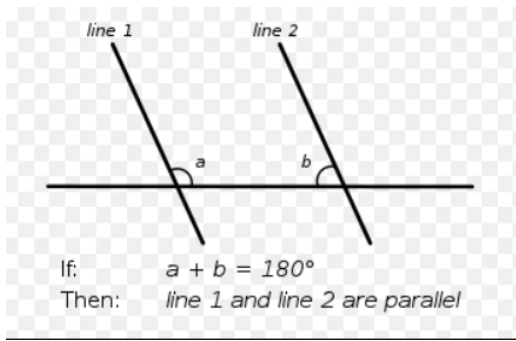Geometry and its different types
- toinfinityandbeyondmathclub

- Jul 26, 2023
- 2 min read
Mathematics can be subdivided into many fields like algebra, geometry, calculus etc. They all have many uses and are related to each other. Geometry deals with shapes, angles, measurements, and sizes.
Euclidean Geometry, a subject that is named after the ancient Greek mathematician Euclid, is one of the oldest branches of mathematics, developed in 300 BCE. It is the study of planar objects.
In Euclid’s Elements, 5 Postulates have been stated which lay the foundation of the Geometry that we use today.
The 5 Postulates are as follows:
1. A straight line segment can be drawn joining any two points.
2. Any straight line segment can be extended indefinitely in a straight line.
3. Given any straight line segment, a circle can be drawn having the segment as the radius and one endpoint as the center.
4. All Right Angles are congruent.
5. If two lines are drawn that intersect a third in such a way that the sum of the inner angles on one side is less than two Right Angles, then the two lines inevitably must intersect each other on that side if extended far enough. This Postulate is equivalent to what is known as the Parallel Postulate.

NON-EUCLIDEAN GEOMETRY
The infamous 5th Postulate or the Parallel Postulate, which states that through any given point not on a line there passes exactly one line parallel to that line in the same plane, may seem like common sense to most. However, after numerous attempts made by mathematicians,this theorem has still never been proven due to which they tried going against the postulate which produced a variety of geometries that are collectively referred to as non-Euclidean geometries.
Euclidean Geometry deals with a straight-line space. However, Non-Euclidean Geometry deals with curved spaces. Due to this, Non-Euclidean Geometry does not have the idea of parallel lines since all lines drawn in the plane meet at infinity! Infact, a triangle having all 3 angles as right angles can also exist in a Non-Euclidean space.
Initially, these alternative geometries seemed strange, but they proved to be useful to describe the world around us. For example, navigating our planet to make maps requires elliptical geometry whereas Einstein used Non-Euclidean Geometry to describe how space-time becomes warped in the presence of matter leading to his general theory of relativity. Our universe itself can be of either flat, spherical, or hyperbolic(-ve sloping) geometry.
USES AND APPLICATIONS
Pythagorean Theorem: Being one of the most famous theorems in modern mathematics, it states that the square of the hypotenuse is equal to the sum of the square of the adjacent and the opposite side of the triangle.
It is the basis for trigonometry and is also used to derive identities like sin2(x) + cos2 (x) = 1.
The Coordinate system of the Cartesian plane formulated by Rene Descartes heavily implements Euclidean geometry and serves as a way of representing algebra in geometry and vice versa.
It connects two branches of mathematics and makes it possible to solve equations using Geometry.
In conclusion, the beauty of Euclidean geometry lies in its simplicity. emphasis on symmetry and proportion make it not only mathematically rigorous but also aesthetically pleasing. The geometric principles and theorems derived from Euclidean geometry reflect the harmonic universe. Hence, I believe that geometry should be called the language of the universe.
.
~the beauty of geometry ~
~Arnav Mody





Comments